
The 452nd Air Mobility Wing is an Air Reserve Component of the United States Air Force. It is assigned to the Fourth Air Force, Air Force Reserve Command, stationed at March Air Reserve Base, California. If mobilized, the Wing is gained by the Air Mobility Command.
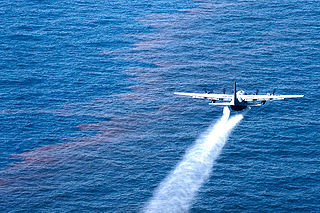
The 757th Airlift Squadron is an Air Force reserve unit, part of the 910th Airlift Wing stationed at Youngstown Air Reserve Station (YARS), Ohio. It flies C-130H Hercules aircraft on airlift and aerial spray missions.
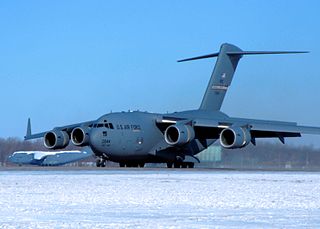
The 445th Airlift Wing is an Air Reserve Component of the United States Air Force. It is assigned to the Fourth Air Force, Air Force Reserve Command, stationed at Wright-Patterson Air Force Base, Ohio. If mobilized, the wing is gained by the Air Mobility Command.

The 728th Airlift Squadron is a United States Air Force Reserve squadron, assigned to the 446th Operations Group, stationed at McChord Field, Joint Base Lewis-McChord, Washington. It is an associate unit of the active duty 8th Airlift Squadron of the 62d Airlift Wing.

The 89th Airlift Squadron is a United States Air Force Reserve squadron, assigned to the 445th Operations Group, stationed at Wright-Patterson Air Force Base, Ohio.

The 700th Airlift Squadron is part of the 94th Airlift Wing at Dobbins Air Reserve Base, Georgia. It operates Lockheed C-130 Hercules aircraft providing global airlift.
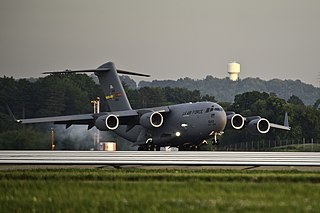
The 729th Airlift Squadron is a United States Air Force Reserve squadron, assigned to the 452d Operations Group, stationed at March Air Reserve Base, California. It operates Boeing C-17 Globemaster III aircraft providing global airlift any time, any place.

The 730th Air Mobility Training Squadron is an Air Force reserve unit stationed at Altus Air Force Base, Oklahoma, where it trains airmen on Boeing C-17 Globemaster III, Boeing KC-135 Stratotanker and Boeing KC-46 Pegasus aircraft systems. It is assigned to the 507th Operations Group at Tinker Air Force Base, Oklahoma, but performs its training mission under the direction of the 97th Air Mobility Wing of Air Education and Training Command.

The 482d Operations Group is a United States Air Force Reserve unit assigned to the 482d Fighter Wing. It is stationed at Homestead Air Reserve Base, Florida.

The 445th Operations Group is the flying component of the 445th Airlift Wing, assigned to Fourth Air Force of the United States Air Force Reserve. The group is stationed at Wright-Patterson Air Force Base, Ohio.

The 448th Supply Chain Management Group is an inactive United States Air Force unit. Its last assignment was to the 448th Supply Chain Management Wing at Tinker Air Force Base, Texas, where it was inactivated on 30 June 2010.

The 319th Operations Group is a United States Air Force unit assigned to 319th Reconnaissance Wing, Air Combat Command. It is stationed at Grand Forks Air Force Base, North Dakota operating RQ-4 Global Hawk remotely piloted aircraft (RPA) in the intelligence, surveillance and reconnaissance (ISR) role.

The 46th Bomb Squadron is an inactive United States Air Force unit. It was last assigned to the 319th Operations Group at Grand Forks Air Force Base, North Dakota, where it was inactivated on 16 July 1994.
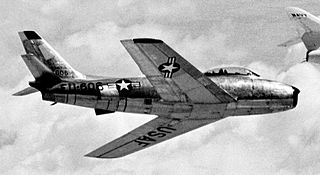
The 812th Fighter-Bomber Squadron is an inactive United States Air Force unit. Its last assignment was with 482d Fighter-Bomber Group stationed at Dobbins Air Force Base, Georgia.

The 813th Fighter-Bomber Squadron is an inactive United States Air Force unit. Its last assignment was with 482d Fighter-Bomber Group at Dobbins Air Force Base, Georgia.

The 702d Expeditionary Airlift Squadron is a provisional United States Air Force unit. It is assigned to Air Combat Command to activate or inactivate as needed. It was active at Kandahar Airfield from 2011 to 2012.

The 713th Fighter-Bomber Squadron is an inactive United States Air Force unit. It was last assigned to the 448th Fighter-Bomber Group at Davis Field, Oklahoma, where it had been stationed since November 1955. It was inactivated on 16 November 1957.

The 459th Operations Group is a reserve component of the United States Air Force. It is assigned to the 459th Air Refueling Wing, Fourth Air Force of Air Force Reserve Command, at Joint Base Andrews, Maryland. If mobilized, the Wing is gained by Air Mobility Command.

The 704th Fighter Squadron is an inactive United States Air Force unit. It was last assigned to the 924th Fighter Group at Bergstrom Air Force Base, Texas, where it was inactivated on 27 September 1996, when Air Force operations at Bergstrom ended.
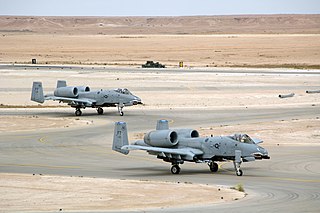
The United States Air Force's 438th Air Expeditionary Advisory Group is a provisional unit assigned to United States Air Forces Central to activate or inactivate as needed. It was last active in Al Anbar province, Iraq to provide close-air support to coalition forces in the region with Fairchild Republic A-10 Thunderbolt II aircraft. It was composed of deployed aircraft, equipment and personnel from Air Force units around the world.






























